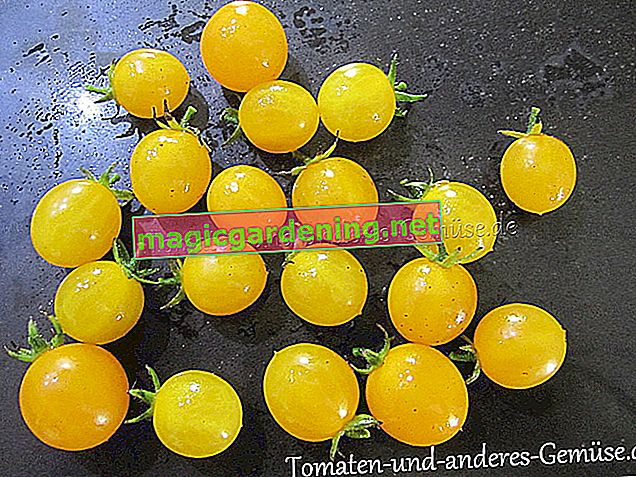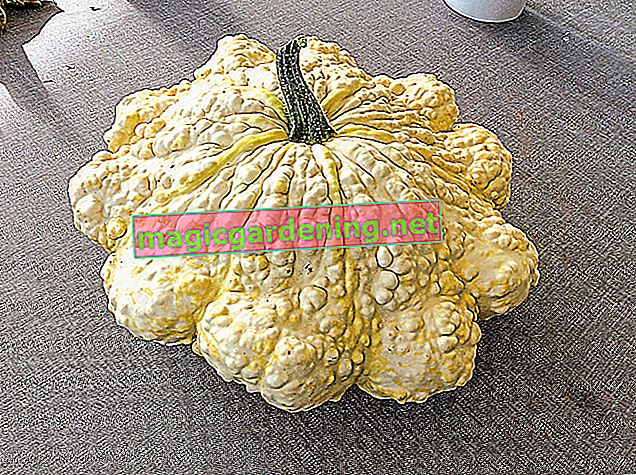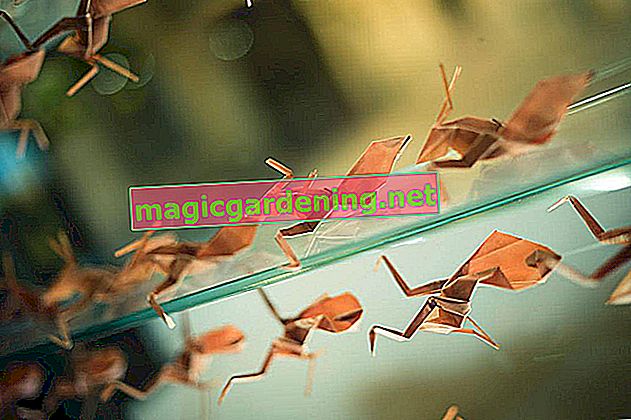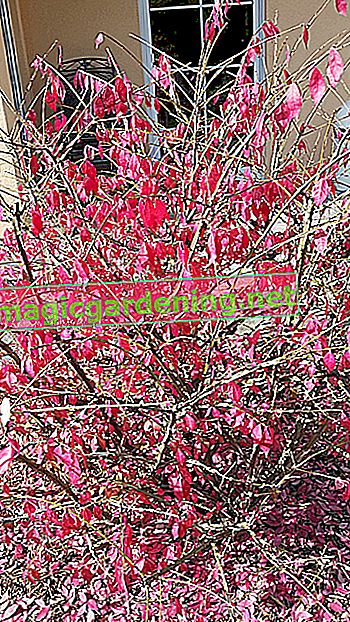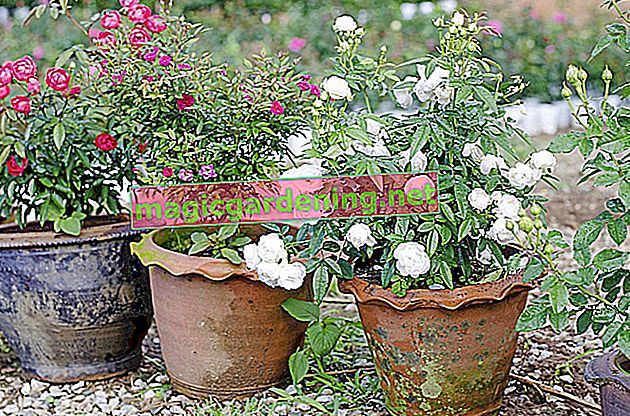
Why is a pine in a bucket worthwhile?
If a pine is grown in a bucket, it is usually cultivated in the Japanese bonsai form. This sometimes creates even more imposing appearances and growth forms than in the wild. You should consider keeping a pine tree in the bucket, though
- You like the Far Eastern design of plants and beds
- You have limited space
- You want to have little effort in pruning the jaw
also read
- Keep a pine tree as a bonsai
- Tips and tricks for planting a pine tree
- Cut the jaw
Suitable pine species for keeping in pots
Actually, all types of pine can be grown in the bucket. So that you do not have to constantly cut back to keep growth low, the dwarf pine, which naturally only grows a few meters high, is recommended. Here you can choose from the following varieties:
- Dwarf Pine Benjamin
- Silver pine
- Dwarf jaw pug
Care instructions
Choice of location
Pine trees are very robust, adaptable conifers. A place in the shade does not harm growth, but a sunny location is preferred. Your jaw will convert more light into sugar and thrive even better.
Substrate
The same applies to the substrate as to the location. The pine can cope with all conditions, but loves well drained soils. Mix up your soil yourself
- Clay granules
- sand
- and potting soil
or use special bonsai soil from specialist shops.
to water
Waterlogging must never build up in the pot. Nevertheless, it is important to keep the earth permanently moist.
Fertilize
Fertilizing is not mandatory, but it does promote growth. Liquid fertilizer is suitable for this, which you mix into the substrate from April to September.
To cut
The pruning serves to maintain a low growth and should be done in early summer. Shorten any branches that are long and transverse and remove the candles.
Repot
You should repot your pine every two years. A simultaneous root cut is recommended.


